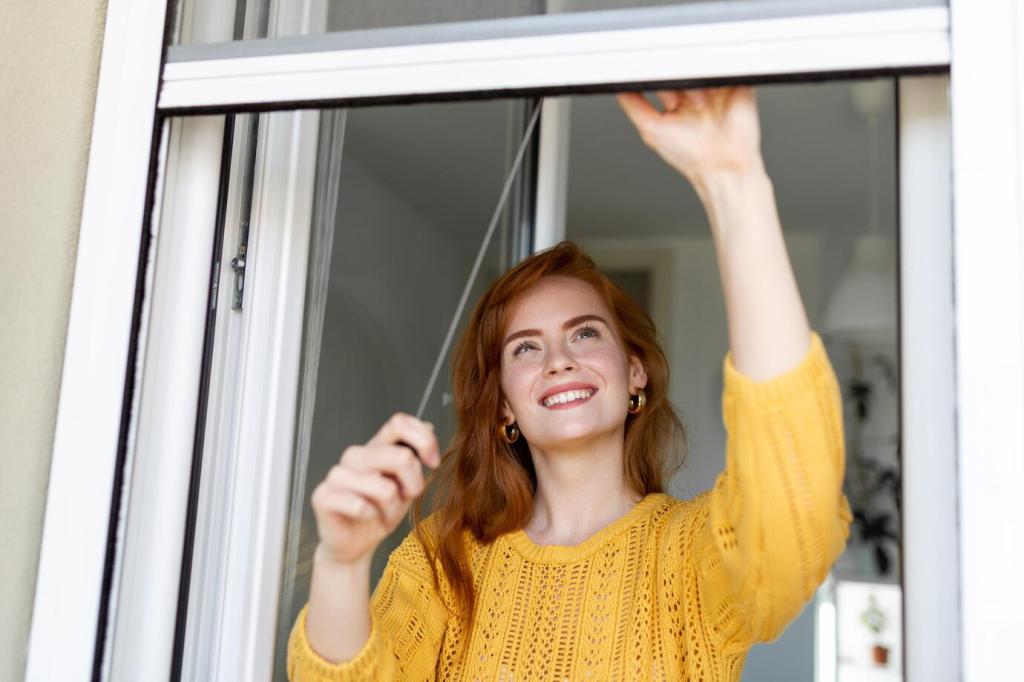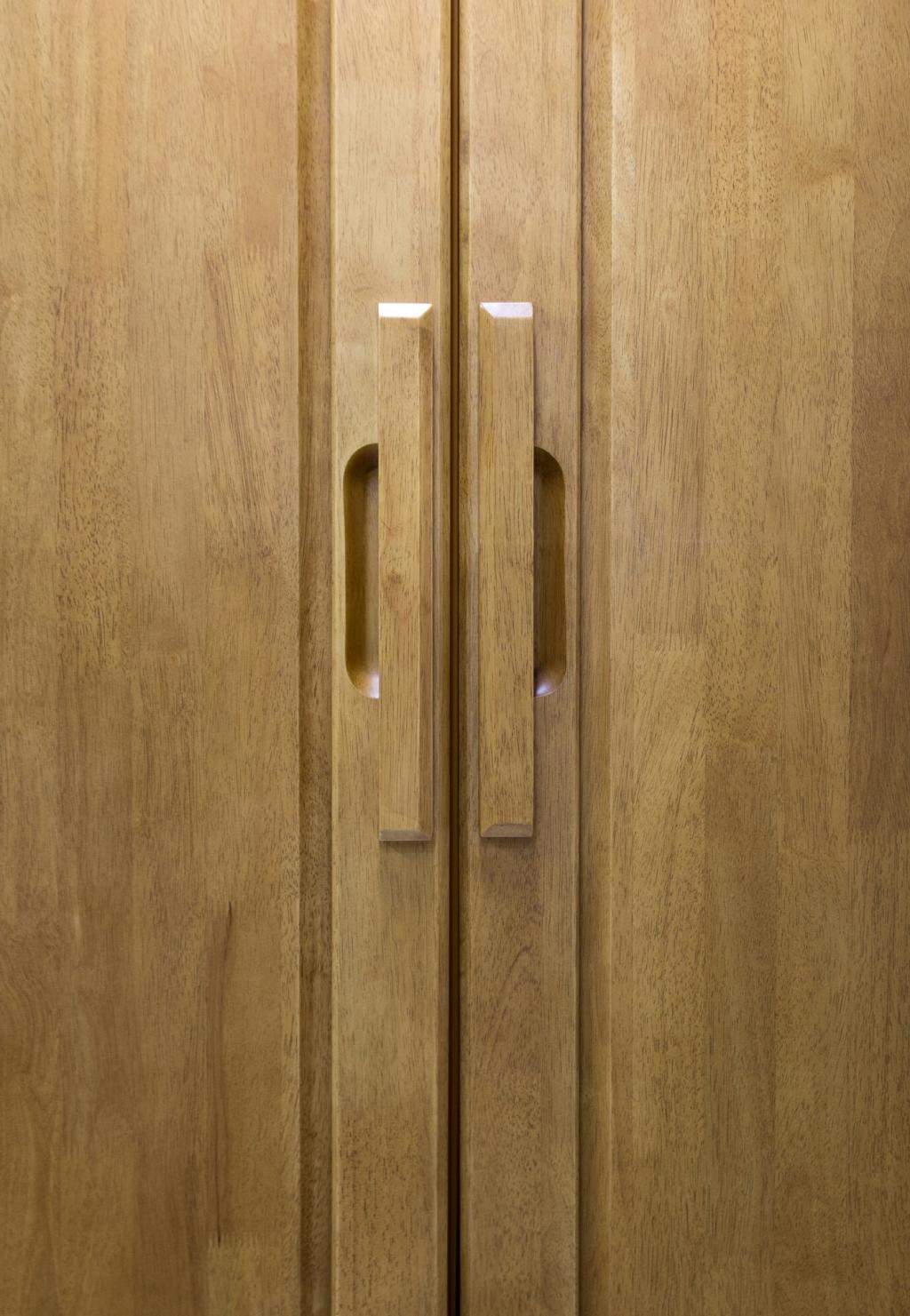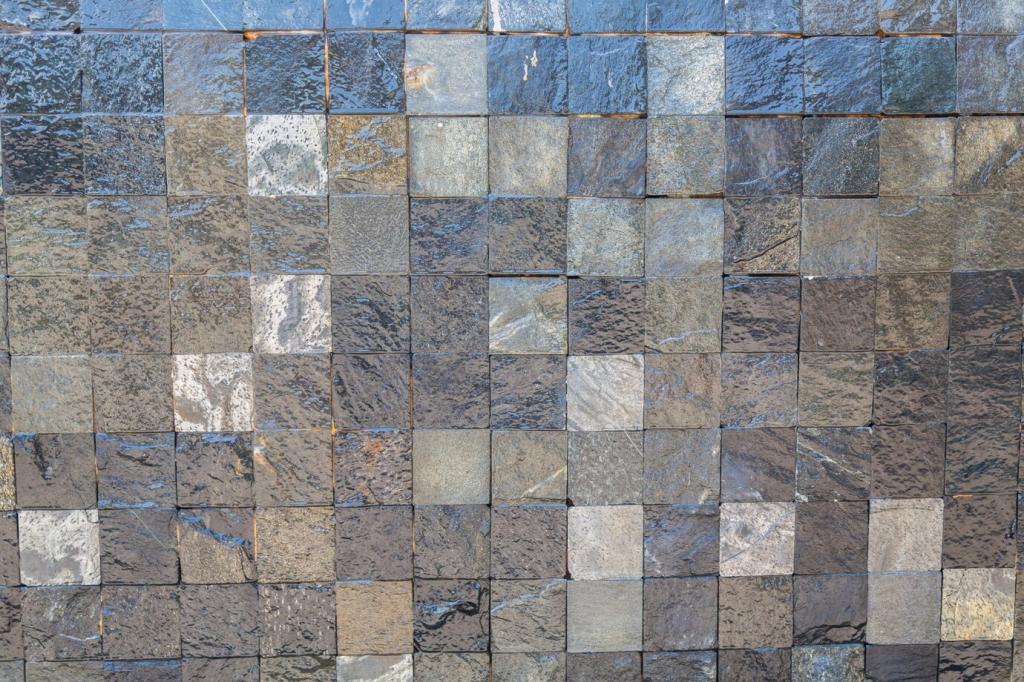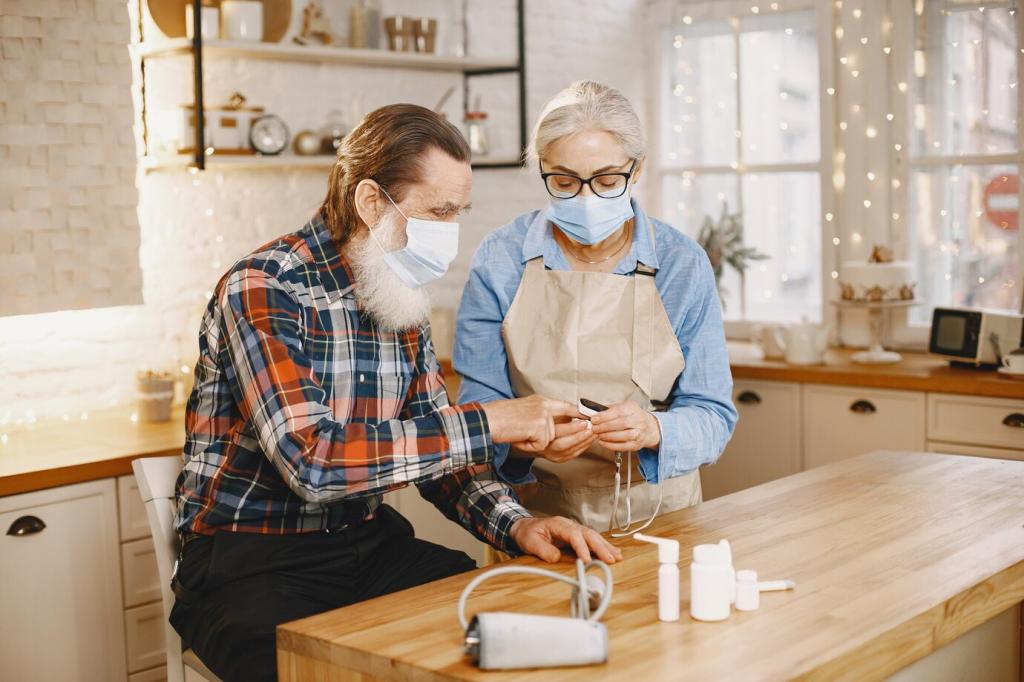Your First-Time Buyer Checklist and Next Steps
Urban apartments face sprinkler activation and neighbor fires; riverside homes risk flooding; wildland–urban interface areas face intense heat. List your top two threats and budget accordingly. Comment with your ZIP code or scenario, and we’ll suggest a starting rating combination.
Your First-Time Buyer Checklist and Next Steps
Paper documents tolerate higher temperatures than photos, film, or flash drives. Media needs cooler internal conditions and strong moisture control. Use waterproof pouches inside fire safes for redundancy. Post your item list, and we’ll recommend specific categories to protect each type properly.







